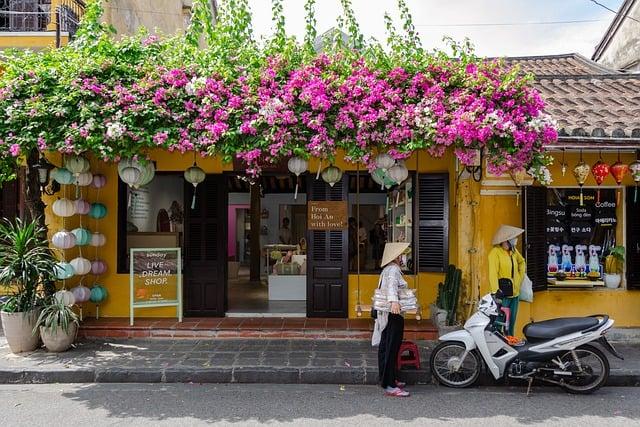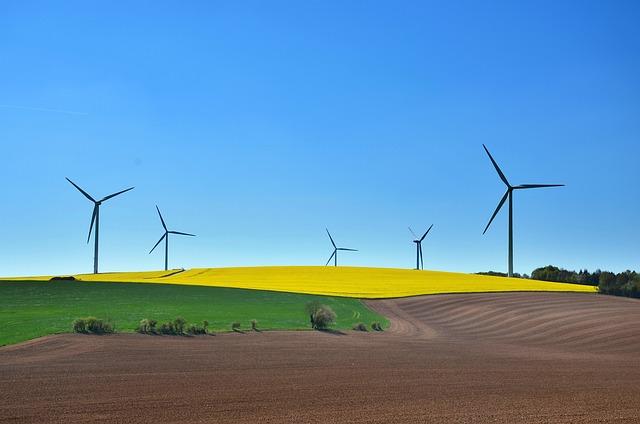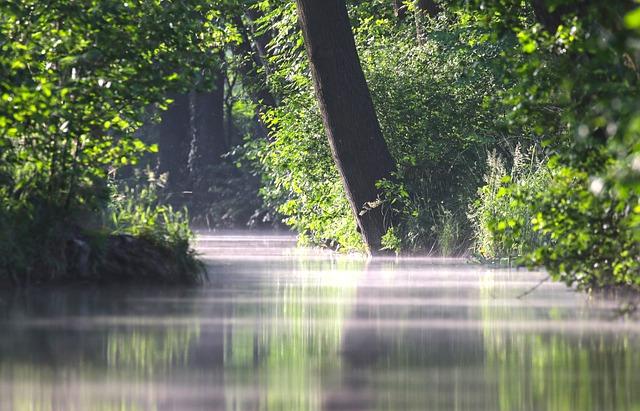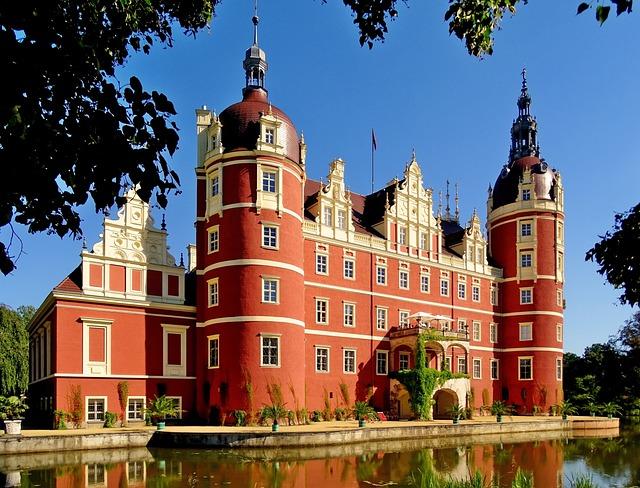- Introduction to the UNESCO Man and the Biosphere (MAB) Programme
- Main Objectives of the MAB Programme
- The Role of Biosphere Reserves in Conservation and Sustainable Development
- The Global Network of Biosphere Reserves (WNBR)
- Importance of MAB Programme in Climate Change Mitigation
- Conclusion
- FAQs
- References
Introduction to the UNESCO Man and the Biosphere (MAB) Programme
The UNESCO Man and the Biosphere (MAB) Programme is a pioneering initiative whose primary focus is on harmonizing conservation efforts with sustainable human development. Launched in the early 1970s, MAB works within both ecological and social science frameworks, ensuring that nature and culture thrive together in a symbiotic relationship. Throughout this article, we will explore the main objectives behind MAB, the significance of biosphere reserves, the role of the World Network of Biosphere Reserves (WNBR), and how the MAB Programme contributes to combating climate change.
By providing a system for coordinating sustainable practices across the globe, the MAB Programme seeks to reconcile humanity’s growing demands with the planet’s limited ecological capacity. This programme incorporates not only a diverse range of ecosystems but also spans across varying cultural landscapes, seeking solutions that are globally adaptable.

(Image: Pixabay/@pen_ash)
Main Objectives of the MAB Programme
As global development continues, humanity faces complex challenges like biodiversity loss, water scarcity, and ecological degradation. The MAB Programme was designed to address these issues based on scientific research and promote policies that integrate environmental sustainability with socioeconomic needs. One of its foremost objectives is to create effective models for ecosystem management.
Another key purpose of the programme is promoting education around sustainable land use. MAB provides training opportunities to farmers, local communities, and policy makers in methods that preserve ecological integrity while enhancing productivity.
Equally important is the facilitation of cooperation between different stakeholders - governments, researchers, and local communities. The MAB Programme aims to devise collaborative approaches which streamline national and international strategies for reaching sustainability goals.
Finally, monitoring and research are central elements to the MAB approach. Biosphere reserves serve as living laboratories where ecosystems and human activities are studied, producing valuable data that informs future sustainability projects, both locally and globally.

(Image: Pixabay/@ybernardi)
The Role of Biosphere Reserves in Conservation and Sustainable Development
The backbone of UNESCO’s MAB Programme is its network of biosphere reserves — not simply protected areas, but places that demonstrate how careful stewardship can balance ecological preservation and human well-being. Currently, there are more than 700 biosphere reserves in over 120 countries, serving as models of best practices. These reserves often feature zones of core ecological protection, buffer zones for research and experimentation, and transitional areas where sustainable development activities occur.
Biosphere reserves act as laboratories for adaptation, where the impact of human action on biodiversity, soil quality, and freshwater sources is monitored. They provide a comprehensive understanding of the limits within which human societies can operate while minimizing negative environmental impacts.
Importantly, the involvement of local populations is crucial for the success of these reserves. Communities within biosphere sites are provided with guidance, field training, and educational materials that illustrate sustainable farming and economic practices. As such, biosphere reserves represent an intersection of conservation, innovation, and socio-political organization.
Moreover, the experience gathered within these environments is shared across borders, creating a global body of knowledge that enables nations to tackle complex environmental issues collectively.

(Image: Pixabay/@onkelglocke)
The Global Network of Biosphere Reserves (WNBR)
The World Network of Biosphere Reserves (WNBR) enhances global collaboration through regional and international exchanges of knowledge and expertise. By establishing a structure for the interaction of individuals involved in sustainability efforts, WNBR builds bridges for improved communication and cross-border initiatives. Each participating biosphere reserve is part of a global framework that promotes science as the basis for human-environment interactions.
One of the functions of the WNBR is facilitating regional cooperation. For example, reserves from neighboring countries collaborate to address shared environmental challenges such as migratory wildlife patterns, water resource disputes, or deforestation. Additionally, the network holds forums and conferences where experts, policymakers, and local community leaders converge to share lessons learned and innovative strategies.
Over time, the WNBR has expanded into thematic networks focusing on issues such as drylands, islands, tropical forests, or protected coastal zones. These specialized mechanisms help prioritize urgent matters in specific ecological settings. Increasingly, the network is becoming more focused on fostering indigenous perspectives and participatory governance, ensuring that traditional knowledge systems are incorporated into wider sustainability debates.
Through these efforts, the MAB Programme and its biosphere network drive significant advancements for global sustainability agendas such as the UN Sustainable Development Goals (SDGs).

(Image: Pixabay/@geralt)
Importance of MAB Programme in Climate Change Mitigation
Climate change presents one of the gravest threats to our planet today — threatening ecosystems, economies, and communities alike. Through its array of biosphere reserves, UNESCO’s MAB Programme plays an instrumental role in research related to climate change adaptation and mitigation.
Biosphere reserves are critical testing grounds for resilient agricultural systems, carbon sequestration techniques, and renewable energy projects. By managing forests, wetlands, and marine ecosystems within biosphere reserves, scientists are able to quantify how much carbon is absorbed by natural environments. These environments can act as carbon sinks, mitigating the effects of carbon dioxide in the atmosphere.
In addition to natural mechanisms of carbon sequestration, communities within biosphere reserves often lead pilot projects demonstrating how small-scale renewable energy systems, such as wind or solar farms, can replace high-emission energy generation. The collective experience gained mitigates climate risks while also serving as a set of guidelines for other global regions adapting to climate change.
MAB Projects also emphasize the development of early-warning systems for extreme weather patterns, promoting preparedness and reducing the vulnerability of communities exposed to climate risks like flooding, droughts, or hurricanes.

(Image: Pixabay/@ELG21)
Conclusion
The UNESCO Man and the Biosphere (MAB) Programme represents a crucial effort in addressing the world's most pressing environmental challenges. From its core principles around biosphere reserves to its global commitment toward climate change mitigation, MAB offers a participatory model for development and conservation alike. The knowledge generated within MAB programmes helps resolve complex environmental dilemmas while maintaining harmonious relationships between humans and nature. In a time when the need for balanced and sustainable growth has never been greater, MAB remains an invaluable player in the global environmental strategy.
FAQs
What is the general goal of the UNESCO MAB Programme?
It seeks to balance ecological sustainability with human activity by creating models for sustainable land use, promoting international cooperation, and protecting biodiversity.
How many biosphere reserves are currently active?
There are over 700 biosphere reserves worldwide, spread across more than 120 countries.
What is a biosphere reserve?
A biosphere reserve is an area recognized by UNESCO under its MAB Programme where efforts are made to balance conservation goals with human, social, and economic activities.
How does the MAB Programme contribute to addressing climate change?
MAB focuses on carbon sequestration, developing resilient agriculture, and fostering knowledge about renewable energies, helping communities to adapt to and mitigate climate change impacts.
How do local communities benefit from biosphere reserves?
Local communities benefit through sustainable agriculture programs, economic development projects, and gaining access to educational materials that stress the importance of conservation within their daily lives.

